Yuang Shi
LineGS : 3D Line Segment Representation on 3D Gaussian Splatting
Nov 30, 2024Abstract:Abstract representations of 3D scenes are essential in computer vision, supporting tasks like mapping, localization, and surface reconstruction. Line segments are commonly used to capture scene structure, but existing 3D reconstruction methods often face limitations, either from instability in 2D projections or noise in direct 3D data. This paper introduces LineGS, a method that integrates geometry-guided 3D line reconstruction with a 3D Gaussian splatting model to improve accuracy. By leveraging Gaussian point densities along scene edges, LineGS refines initial line segments, aligning them more closely with the scene's geometric features. Experiments confirm that this approach enhances the fit to 3D structures, providing an efficient and reliable abstract representation of 3D scenes.
LapisGS: Layered Progressive 3D Gaussian Splatting for Adaptive Streaming
Aug 27, 2024Abstract:The rise of Extended Reality (XR) requires efficient streaming of 3D online worlds, challenging current 3DGS representations to adapt to bandwidth-constrained environments. This paper proposes LapisGS, a layered 3DGS that supports adaptive streaming and progressive rendering. Our method constructs a layered structure for cumulative representation, incorporates dynamic opacity optimization to maintain visual fidelity, and utilizes occupancy maps to efficiently manage Gaussian splats. This proposed model offers a progressive representation supporting a continuous rendering quality adapted for bandwidth-aware streaming. Extensive experiments validate the effectiveness of our approach in balancing visual fidelity with the compactness of the model, with up to 50.71% improvement in SSIM, 286.53% improvement in LPIPS, and 318.41% reduction in model size, and shows its potential for bandwidth-adapted 3D streaming and rendering applications.
ASMFS: Adaptive-Similarity-based Multi-modality Feature Selection for Classification of Alzheimer's Disease
Oct 16, 2020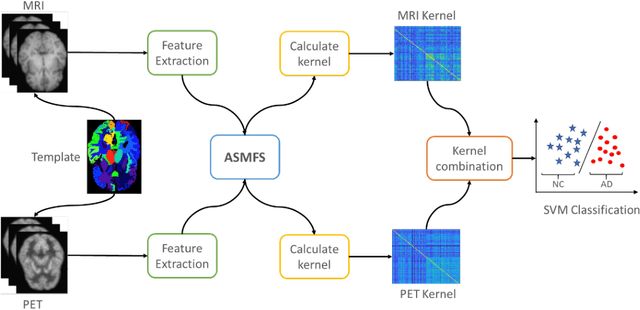


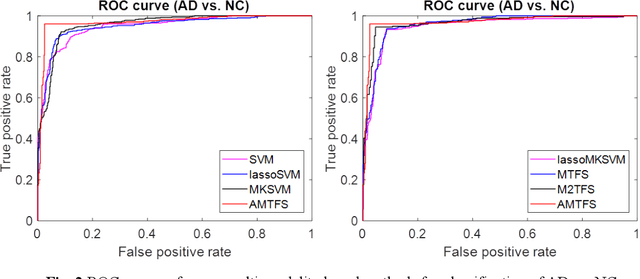
Abstract:With the increasing amounts of high-dimensional heterogeneous data to be processed, multi-modality feature selection has become an important research direction in medical image analysis. Traditional methods usually depict the data structure using fixed and predefined similarity matrix for each modality separately, without considering the potential relationship structure across different modalities. In this paper, we propose a novel multi-modality feature selection method, which performs feature selection and local similarity learning simultaniously. Specially, a similarity matrix is learned by jointly considering different imaging modalities. And at the same time, feature selection is conducted by imposing sparse l_{2, 1} norm constraint. The effectiveness of our proposed joint learning method can be well demonstrated by the experimental results on Alzheimer's Disease Neuroimaging Initiative (ADNI) dataset, which outperforms existing the state-of-the-art multi-modality approaches.
Recognizing Chinese Judicial Named Entity using BiLSTM-CRF
May 31, 2020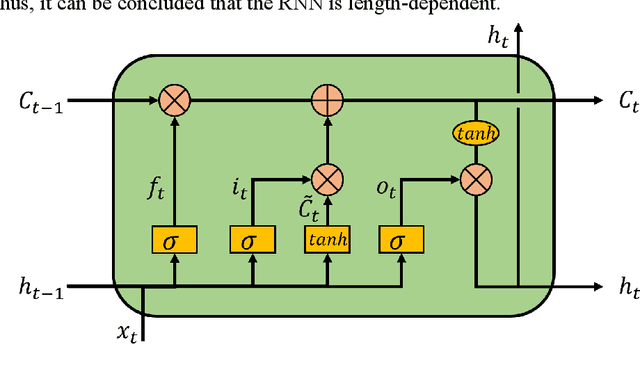
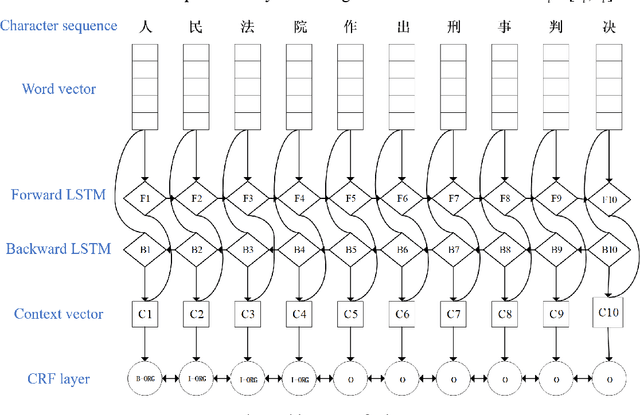
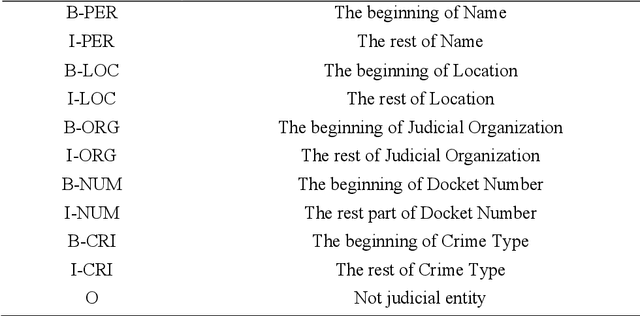

Abstract:Named entity recognition (NER) plays an essential role in natural language processing systems. Judicial NER is a fundamental component of judicial information retrieval, entity relation extraction, and knowledge map building. However, Chinese judicial NER remains to be more challenging due to the characteristics of Chinese and high accuracy requirements in the judicial filed. Thus, in this paper, we propose a deep learning-based method named BiLSTM-CRF which consists of bi-directional long short-term memory (BiLSTM) and conditional random fields (CRF). For further accuracy promotion, we propose to use Adaptive moment estimation (Adam) for optimization of the model. To validate our method, we perform experiments on judgment documents including commutation, parole and temporary service outside prison, which is acquired from China Judgments Online. Experimental results achieve the accuracy of 0.876, recall of 0.856 and F1 score of 0.855, which suggests the superiority of the proposed BiLSTM-CRF with Adam optimizer.
 Add to Chrome
Add to Chrome Add to Firefox
Add to Firefox Add to Edge
Add to Edge